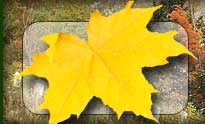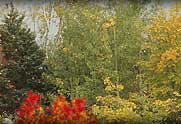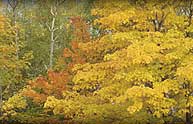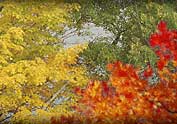The History of Sunflower Seeds
Archaeologists say that sunflower seeds first were used and cultivated by prehistoric native tribes in what is now Southwestern USA. They were eaten and used in religious ceremonies. In the 16th century, Spanish explorers took sunflower seeds back to Europe, and they slowly spread across the continent. They were used primarily for ornamental purposes for hundreds of years.
As time progressed, many European countries started to recognize the seeds as an important source of oil-rich food. By the 1850's many Russian farmers were raising sunflowers, and even today Russia is among the world's leading producers of sunflower seed. In the 1870's Russian immigrants were raising Russian Mammoth sunflowers on their farms on the plains of what now is Manitoba and Saskatchewan. By the 1880's U.S. seed companies were selling them in their catalogs.
It was quite natural that sunflower production should expand into the northern plains of the United States. Production there grew from about 3 thousand tons of seeds in 1930 to some 2 million metric tons 60 years later. North and South Dakota and Minnesota lead the country in sunflower production. While the percentages vary from year to year, some three-fourths of total production is black oil seed. The balance is striped, or confection, seeds. And although sunflower seeds are the single most popular wild bird food, that's not what they're grown for at all.
Bird feed is a by-product of the confection seed and oil seed markets. Oil seeds are pressed to produce sunflower oil, and confection seeds are marketed primarily as a snack food, roasted both in and out of the shell, especially overseas. The wild bird seed market is secondary, generally getting the seeds that are too small for human use. But this growing segment provides a much needed market to help seed growers and traders improve their profit margins.
As far as who first started feeding wild birds, there is a wonderful story that in the beginning, in Canada, a miller's wife swept out the mill floor one evening and the next morning she observed dozens of birds feasting on the sweepings in the mill yard. She ran to find her husband so that he could witness this marvelous sight. From there, it was just a question of bagging the sweepings and selling them. Fact or fiction?
In 1845, at his Walden Pond cabin, Henry David Thoreau made a habit of scattering corn and breadcrumbs outside his door. In 1885, Congress created an office to study the food habits and migratory patterns of birds, especially those that had an effect on agriculture. This office went through several name changes until finally being renamed the Fish & Wildlife Service in 1940.
Next month, we will discuss the effects, in any, of backyard birdfeeding. Is it harmful or helpful? Do wild birds depend on humans? Do we interfere with migrations through backyard birdfeeding? A three year study from the University of Wisconsin during the 1980's by Margaret Clark Brittingham, Ph.D. to measure the pluses and minuses of feeding wild birds will really surprise many people. You don't want to miss the next issue.
*(Some background for this article credited to Scott Shalaway, a frequent writer for the National Bird Feeding Society.)
|



